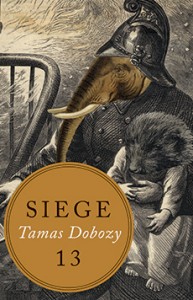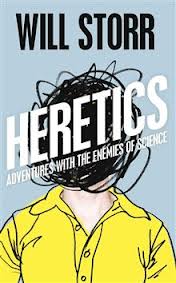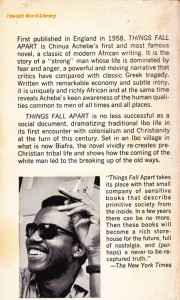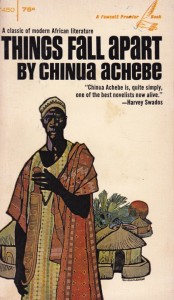#FridayReads, April 12–“The Barber’s Conundrum,” Essays by John Hartnett + Richard Nash, On the Business of Literature
 #FridayReads, April 12–The Barber’s Conundrum–And Other Stories: Observations from Life in the Cheap Seats by John Hartnett. A while back, the author, whom I know a bit as a publishing industry contact, asked if I’d like to see a copy of his book of humorous essays, which he’d recently published himself. I like the genre of the humor essay, going back to E.B. White, Stephen Leacock, and in our era with writers like Roy Blount, Jr., and Nora Ephron, and so asked him to send me a copy. I had dipped in to the book a bit before this week, but only in the past few days have I made a point of making sure to read all 35 + pieces in the collection, and gain a sense of the whole. Now I realize how much I really like this charming book. The title piece, on the futility of trying to get a decent haircut, is full of wry observations and delicate exaggeration:
#FridayReads, April 12–The Barber’s Conundrum–And Other Stories: Observations from Life in the Cheap Seats by John Hartnett. A while back, the author, whom I know a bit as a publishing industry contact, asked if I’d like to see a copy of his book of humorous essays, which he’d recently published himself. I like the genre of the humor essay, going back to E.B. White, Stephen Leacock, and in our era with writers like Roy Blount, Jr., and Nora Ephron, and so asked him to send me a copy. I had dipped in to the book a bit before this week, but only in the past few days have I made a point of making sure to read all 35 + pieces in the collection, and gain a sense of the whole. Now I realize how much I really like this charming book. The title piece, on the futility of trying to get a decent haircut, is full of wry observations and delicate exaggeration:
“I’m a barber’s worst nightmare because I’m not a crew cut guy. They enjoy giving crew cuts because all they need is a pair of clippers and a little conversation. There’s no finesse in crew cuts, no risks. Whenever I sink into the chair, they automatically reach for the clippers and when I tell them I just want a trim, they start looking at my head like it’ the Manhattan Project. It’s not uncommon to have three barbers looking at my head at the same time, like baseball managers standing around the pitcher’s mound deciding whether to try a little pep talk or send for the reliever. I’ve had barbers spontaneously retire while I sat in their chairs. One even tried to convince me that I’d be better off cutting it myself.”
Equally amusing are such pieces as “The Catalog: A Modern Fairy Tale,” about the insidious temptations of mail order shopping, and “Surviving Your First Trade Show,” on the rituals of being an exhibitor at a convention.
Hartnett’s been a gag writer, so he’s got the knack for inducing a chuckle, and nowadays also writes a humor blog, The Monkey Bellhop. I’ve found this an ideal book for the subway, where I can actually start a piece boarding a train, and finish it before reaching my destination. I recommend it if you’re looking for some painless laughs, something to lighten whatever load of worry might be a part of your day. While self-published, it’s nonetheless attracted 55 customer reviews on Amazon. I know of many commercially published books that don’t manage even half as many comments.
I’ve also read and will be mulling for days, Richard Nash’s deepthink essay on the future and purpose of publishing, “What is the Business of Literature? published in the Virginia Quarterly Review. Nash is with Small Demons, an innovator in mapping and indexing content from books in creative ways. I also recommend this essay highly, which carries the reading line, “As technology disrupts the business model of traditional publishers, the industry must imagine new ways of capturing the value of a book.” I was happy to be reminded of Nash’s piece–which first landed with a flurry a few weeks ago–by publishing thinker Brian O’Leary of Magellan Media, who wrote about it on his blog earlier this week. H/t Brian. 
I didn’t plan ahead on sharing this medley of readings–but sort of like cooking a meal with an unlikely set of ingredients and discovering how well they work together–now that I’ve done so I’m intrigued to see there’s a kind of congruity about them. From a self-published book of essays that’s making its way in the emerging publishing ecosphere to an essay considering that ecosphere and even what makes a book, I think the combination suggests something more than just my reading taste. Not sure I can say yet that is, but it’s what I’ll be mulling this weekend.









